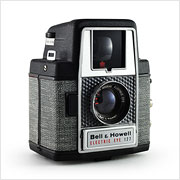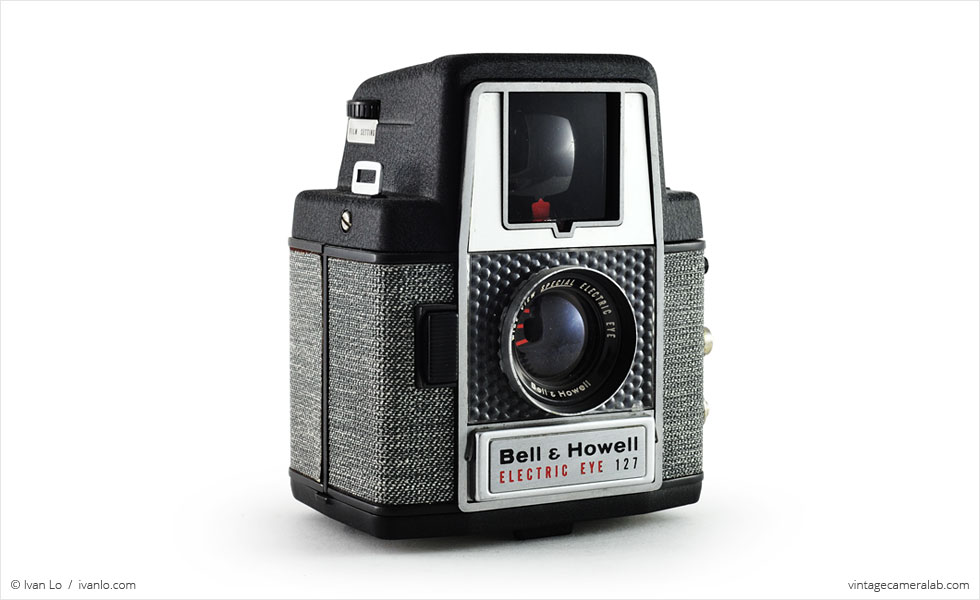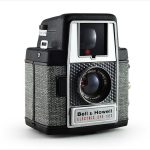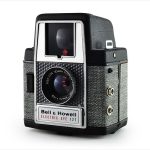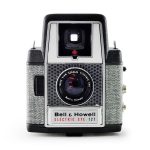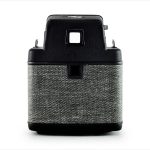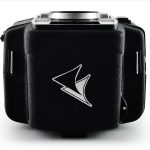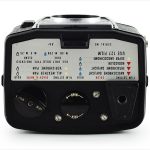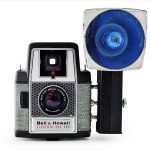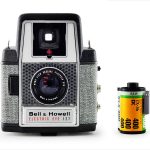Bell & Howell Electric Eye 127 Specifications
| Manufacturer: | Bell & Howell Company |
| Origin: | USA |
| Made in: | Chicago, IL, USA |
| Introduced: | 1958 |
| Type: | Box, Viewfinder |
| Format: | 127 Film |
| Dimensions: | 9.8 x 12 x 7.7 cm |
Bell & Howell Electric Eye 127 Overview
The Bell & Howell Electric Eye 127 (also known as the Infallible Electric Eye 127) is a premium automatic exposure box camera introduced in 1958 by the Bell & Howell Company of Chicago. While better known for its motion picture cameras and projectors, Bell & Howell also manufactured several still camera models from the late ’40s to the early ’60s and sold rebadged Canon cameras in the 1970s.
As with the vast majority of box cameras, the Electric Eye is pretty sparse when it comes to controls. The selenium light meter surrounding the lens automatically controls the aperture (adjusted by rotating a series of overlapping metal plates). To focus, the metal nameplate under the lens flips up to reveal a slider. When the exposure is calculated and the camera is ready to fire, a green light will appear in the enormous viewfinder that dominates the top of the camera. Until then, a metal flag will pop up in the viewfinder (visible in the photos above) to alert the user that the camera is not quite ready to fire.
Once everything is set, a black rectangular shutter button is found on the user’s right-hand side of the lens with an external flash socket on the opposite side. To advance the frame after the photo is taken, a film winding knob is positioned on the bottom of the camera. Also located on the bottom is the latch that opens up the camera, a tripod socket, and a handy reference table that shows which films correspond to which indicator symbol (used by the “film setting” dial located on the user’s right-hand side of the viewfinder). To keep track of how many shots are left on the roll, a square red window is on the back.
I had actually been watching eBay auctions for the Bell & Howell Electric Eye 127 for months before finding it (and other cameras including the Ansco Memo) at the estate sale for the late Kirk Kekatos, former president and founding member of the Chicago Photographic Collectors Society.
Find your very own Bell & Howell Electric Eye 127 on eBay.
McKeown, James M. and Joan C. McKeown’s Price Guide to Antique and Classic Cameras, 2001-2002. (Grantsburg, WI, USA: Centennial Photo Service, 2001), p 91.
